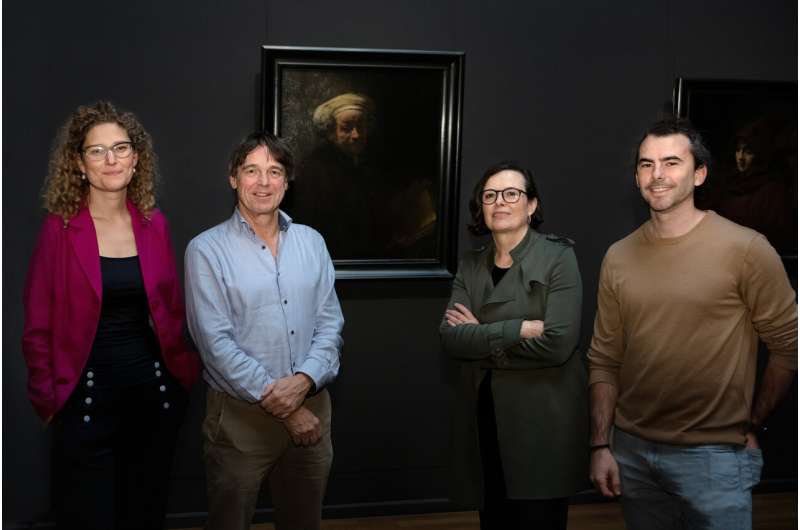December 2, 2021 report
Tracing European conflicts using lead isotopes in paints used by Dutch masters

Bob Yirka
news contributor

A team of researchers from Vrije University, Conservation & Science, Rijksmuseum and the University of Amsterdam has found that it is possible to trace conflicts in Europe by analyzing lead isotopes in paint used by Dutch master painters. They have published their results in the journal Science Advances.
As part of their effort, the researchers looked at paintings done by Dutch masters during the 1600s and the supply chain that provided them with paint. They noted that during times of stress, such as when war broke out in Europe, certain types of paints became difficult to obtain, which led the painters to use paints from other places. Such paints, they note, contained different lead isotopes. In their work, the researchers focused on the isotopes in white paint. They chose white because Flemish artists were known for their natural subjects, and to achieve that natural look they used special techniques that involved mixing different amounts of white paint with other colors.
The study of the 77 paintings from 27 painters—all done between the years 1588 and 1700—involved analyzing resin cast samples that had been taken from the paintings for other studies. The team then used mass spectrometry, which allowed them to identify the lead isotopes. They found a noticeable change in paint over the years 1642 to 1647—the period of the English Civil War. They found another over the years 1672 to 1678, which coincided with the Anglo-Dutch-French conflict. And they found similar changes that coincided with the Eighty Years' War being waged in Europe. The researchers were also able to note subtle changes, such as small supply disruptions in the years between 1648 and 1680, which was a time when tensions were running high in parts of Europe. They were also able to see the changes that occurred when an artist traveled outside of the Netherlands.
The researchers conclude by noting that disruptions in paint supplies during times of conflict appeared to be due to the diversion of lead from paint making to bullet production.
Written for you by our author —this article is the result of careful human work. We rely on readers like you to keep independent science journalism alive. If this reporting matters to you, please consider a (especially monthly). You'll get an ad-free account as a thank-you.
More information: Paolo D'Imporzano et al, Time-dependent variation of lead isotopes of lead white in 17th century Dutch paintings, Science Advances (2021).
Journal information: Science Advances
© 2021 Science X Network





















